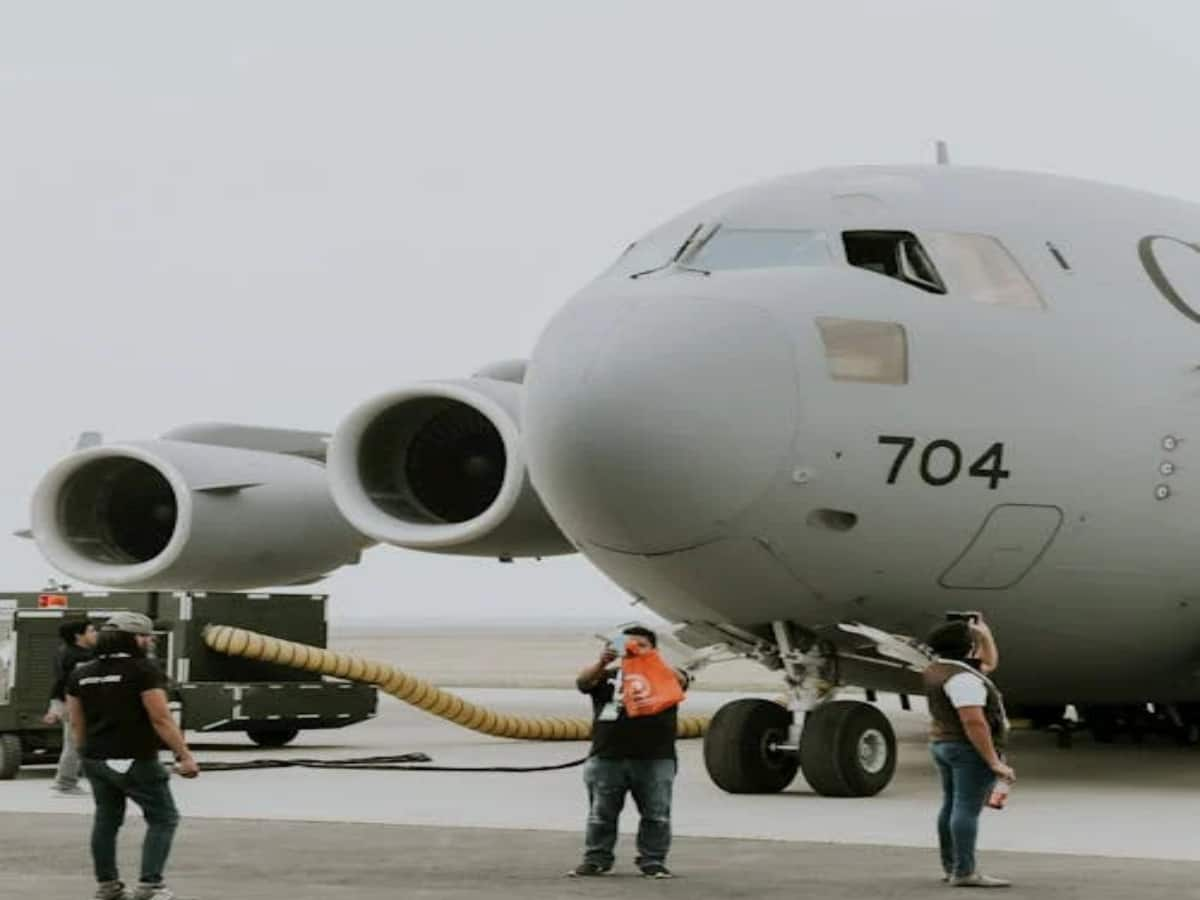In recent developments, the aviation industry is facing a significant challenge as jet fuel prices experience a sharp increase after two months of reprieve. This change is particularly crucial for airlines who had been benefitting from decreasing fuel costs, which directly impacts their operational expenses and ticket pricing strategies. Understanding the implications of this hike in aviation turbine fuel (ATF) prices is essential for both industry stakeholders and travelers alike.
Impact of Jet Fuel Price Increase
The recent hike in jet fuel prices has raised concerns among airlines and passengers. The price of aviation turbine fuel in Delhi has surged to ₹90,538.72 per kiloliter from ₹87,597.22 per kiloliter. This 3% increase could lead airlines to reassess their operational budgets and potentially pass on the costs to consumers in the form of higher ticket prices.
Reasons Behind the Price Hike
There are several factors contributing to the increase in ATF prices. Global crude oil prices have been fluctuating, and any upward trend significantly affects jet fuel prices. Additionally, supply chain issues and geopolitical tensions can also lead to price volatility. Airlines must navigate these challenges to maintain profitability while offering competitive pricing.
Consequences for Airlines and Passengers
With the rise in jet fuel costs, airlines could face diminished profit margins, especially if they are unable to increase ticket prices accordingly. This may lead to a reevaluation of flight routes, frequency, and overall operational efficiency. For passengers, this could mean an increase in airfare and potential changes in travel plans. Additionally, budget airlines may feel the pinch more acutely, affecting their ability to offer low-cost travel options.
Future Outlook for Aviation Fuel Prices
As the aviation sector continues to recover post-pandemic, fluctuations in fuel prices remain a critical concern. Stakeholders are closely monitoring global oil market trends and their potential impact on ATF prices. Sustainability measures, such as the adoption of alternative fuels, may also play a role in mitigating the effects of such price hikes in the future.
Conclusion
The recent increase in jet fuel rates signals a challenging period for the aviation industry after a phase of relative stability. As airlines adjust to the new price landscape, it is essential for passengers to stay informed about potential fare changes and plan their travel accordingly. Understanding the dynamics of aviation fuel pricing can empower travelers to make better decisions in an ever-evolving industry.
